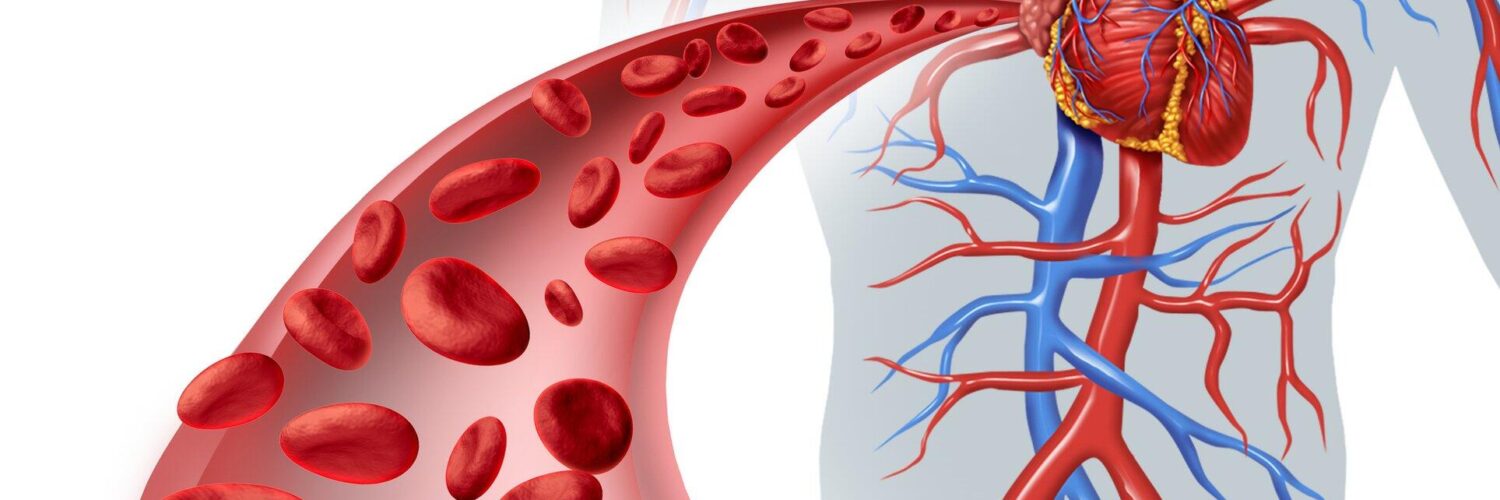Angioplasty is a life-saving procedure. It enhances the quality of life for individuals with heart disease.
Understanding angioplasty costs can be a challenge. Each plays a role in determining costs, from hospital fees to medication expenses.
This document aims to empower you with a comprehensive breakdown. It helps you make informed decisions about your healthcare.
Let’s dive in!
Hospital Fees
The hospital fees for an angioplasty procedure make up the largest part of the cost. These fees can vary depending on factors. This includes the location, type of hospital, and any extra services the hospital provides.
Location
The geographical location of a medical procedure affects hospital fees. Urban areas tend to have higher costs due to living expenses and operating costs. Healthcare costs also vary between countries.
Type of Hospital
The type of hospital where you have your procedure done also affects the cost. Public hospitals tend to offer lower prices compared to private hospitals. It may have more advanced facilities and a higher level of service.
The quality of care should always be your top priority. So, it would be best to weigh all factors before deciding.
Extra Services
Apart from the procedure itself, the hospital may provide extra services that can add to the cost. These can include pre-operative tests and post-operative care.
It also consists of any specialized services required during the procedure. Inquiring about these extra services beforehand and understanding their cost implications is crucial.
Medications
Medications are another significant component of the angioplasty cost. These can vary depending on the type of medication prescribed, dosage, and brand. Additionally, the duration of medication use, before or after the procedure, can affect the total cost.
To help manage these costs, it is a must to discuss with your doctor any potential alternatives or generic options that may be available. You can also inquire about financial help programs companies offer for certain medications.
Professional Fees
Professional fees for an angioplasty procedure encompass charges from various healthcare professionals. It includes the surgeon, anesthesiologist, and other specialists involved in your care. These fees can vary based on expertise and experience.
These professionals offer the best vascular procedures that can sometimes be negotiated. Especially if you have health insurance that covers a part of the costs.
It is advisable to have a conversation with your healthcare provider in advance. Discuss these fees and explore any available discounts or payment plans.
Other Considerations
Apart from the above components, other factors may affect the cost of an angioplasty procedure. These can include:
Insurance Coverage
Your insurance policy and coverage will play a significant role. They can determine your out-of-pocket costs for the procedure.
Complications
In some cases, unforeseen complications may arise during or after the procedure. This may need extra treatments and add to the cost.
Follow-up Care
After the procedure, extra follow-up appointments or treatments may be required, which can add to the cost.
Understanding and Managing Angioplasty Cost
Understanding angioplasty cost involves considering various factors. It includes hospital fees, medications, professional fees, insurance coverage, potential complications, and follow-up care.
Open discussions with healthcare providers and exploring alternatives, payment plans, and financial help programs are crucial. The goal is to ensure the best care for your heart without causing undue financial burden.
Stay informed for optimal decision-making.
Browse our blog for more interesting reads.






Add comment